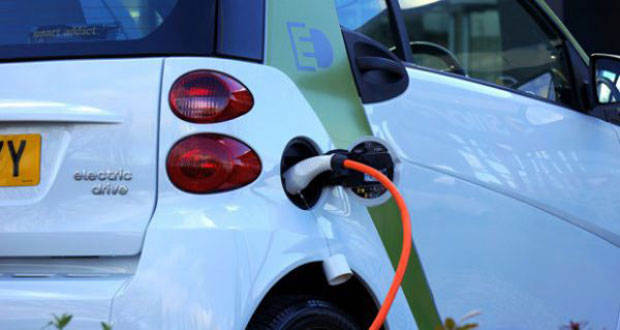There are currently more than 940,000 plug-in cars registered in the UK and the sale of new cars and vans with petrol and diesel engines will be banned from 2030. In addition, the Government has set a target to increase the number of public charging points to at least 300,000 by the same date in a bid to boost the take-up of EVs and has announced plans for a £20 million pilot scheme to give drivers greater access to EV chargepoints across the country.
This is set to cause a sharp rise in the number of businesses putting EV charging points on their continuity plans for 2023. According to Bureau Veritas having a robust strategy in place to manage the installation, functionality and regular maintenance of charging points will form a vital part of this.
Bureau Veritas, who was recently announced as a specialist partner for Aviva’s EV chargepoint inspections, supports asset owners take steps to ensure that their Electric Vehicle Charging Stations (EVCS) are compliant, always available and fully functional for end customers.
Whilst the industry average for inspecting an EVCS is every three years, Bureau Veritas recommends to all clients that to reduce potential risk and harm to the user, EVCS should be tested every year – particularly as they are still a fairly new piece of equipment and the rate at which they are installed continues at rapid pace.
Further regulations which came into force in 2020 as part of the IET Wiring Regulations (18th Edition) state that residual current device (RCDs) must be fitted within an EV charging point and that is tested every six months. An RCD connects to the live wires within the device and will cut off the power if an electrical fault is detected. This works to prevent fatal electric shocks for charge points users and potentially protect against electrical fires.
George White, Senior Consultant for Electric Vehicles at Bureau Veritas, said: “An EV charging point is an extremely large and high-powered piece of kit and should be treated as such when it comes to safety. Like any fixed electrical installation, duty holders are required under the Electricity at Work Regulations 1989 to ensure the safety of EV charging points, including maintaining electric vehicle systems to limit danger to employees, visitors or other persons.
“What’s crucial with EVCS is that not only do they supply a significant amount of power (rapid chargers supply a minimum of 25kW), they also aren’t being handled by specialist electricians, but by any member of the public who drives an electric vehicle. This can pose a serious threat if it hasn’t been properly maintained and inspected.
“A lot can change in rules and regulations around EV charging and with rapidly developing associated infrastructure we would always recommend that chargepoints are checked on an annual basis to ensure utmost safety for the user. This differs for standard electrical items in buildings due to the potential risks.”
Bureau Veritas has published an EV Charging Technical Guide which is available to download by clicking here.
In a highly cost-competitive and dynamic marketplace, to keep up with ever-expanding client demands and remain competitive, there is increasing pressure on FM organisations to effectively manage risk.
And with the growing challenges of dealing with multiple suppliers, contractors, and day to day processes, it has never been more important to have access to a compliant supply chain that you have full visibility of.
Market-leading Health, Safety and ESG risk management provider Alcumus, has produced a FREE GUIDE to learn how your organisation can become more resilient and well placed to create value across your supply chain network while saving time and resources.
Topics covered include:
- Overview of supply chain risks in FM
- Best practice supply chain tips
- How to increase value from your supply chain
To download the free guide click here.





